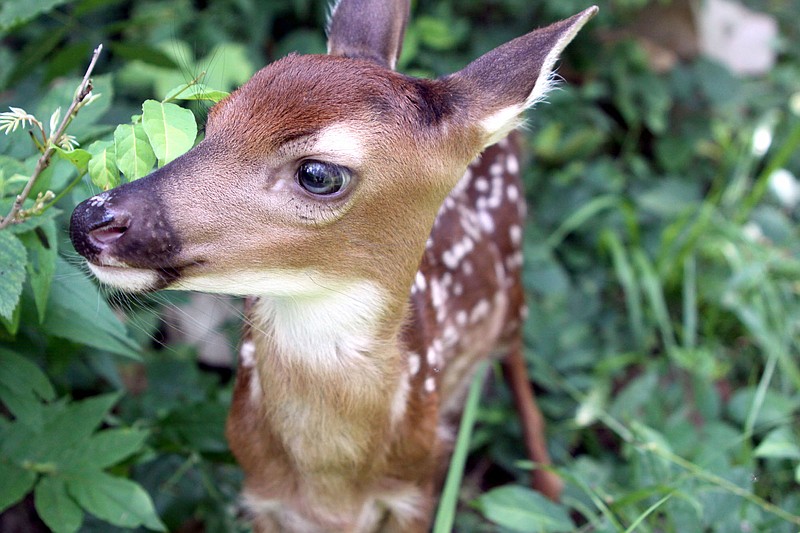A common question from hunters, farmers and landowners is what should I plant? Before answering that question, it is best to assess what is already present on your land. You could be destroying perfectly good native wildlife habitat and replacing it with something that offers less nutritional value, little cover or is less productive, not to mention the additional expense of maintaining a cultivated food plot.
We recommend checking your habitat first before taking action. Conduct an assessment of the current habitat and how well it matches the habitat requirements of the wildlife species you are interested in managing. The Arkansas Game and Fish Commission has information, publications and private lands biologists who can assist with developing species-specific management plans. Call 800-364-4263, or visit http://www.agfc.com.
Another common question is when are food plots most beneficial to wildlife? Typically, the critical nutrient time for many nonmigratory wildlife species is late summer and late winter/early spring. Whitetailed deer eat the most in late summer/early fall and are nutritionally stressed by late spring. In late summer, bucks are growing antlers and laying down fat in preparation for the rut. Does are lactating (i.e., producing milk) or weaning their fawns, and their fawns are shifting from a milk diet to solid foods. Does are trying to nurse fawns in late summer when it is difficult to digest foods. The doe needs a good food source in September and October to rebuild her body.
For many wildlife species, late winter/early spring is a critical time after the winter fat reserves are depleted and food resources are scarce, just before the spring greening. For deer, extra energy is required for lactating does, giving birth to young and for bucks growing new antlers. Some wildlife professionals may encourage food plots in the winter; however, a Texas study indicated deer reduce their intake in winter even if feed is readily available. Although deep snow can be a problem in northern states, deer die-offs due to winter conditions are rare in Arkansas. Probably the main benefit of fall food plots for deer is to lure deer in the open for an adequate deer harvest.
For more information on Food Plot for Wildlife, download FSA 9092 from the University of Arkansas Division of Agriculture website or contact Jimmy Driggers at 501-623-6841 or by email at [email protected].
4-H information
There are several 4-H Clubs for Garland County youths who are 5 to 19 years old. For more information on all the fun 4-H activities available, call Carol Ann McAfee at the Extension office, 501-623-6841, or email [email protected].
Master Gardener information
Master Gardener meetings are held on the third Thursday of each month at the Elks Lodge. They're open to the public and guests are welcome. For more information call Luke Duffle at 623-6841 or email him at [email protected].
EHC information
Are you interested in joining an existing Extension Homemakers Club? EHC is the largest volunteer organization in the state. For information about EHC, call Alison Crane at 501-623-6841 or email [email protected].

